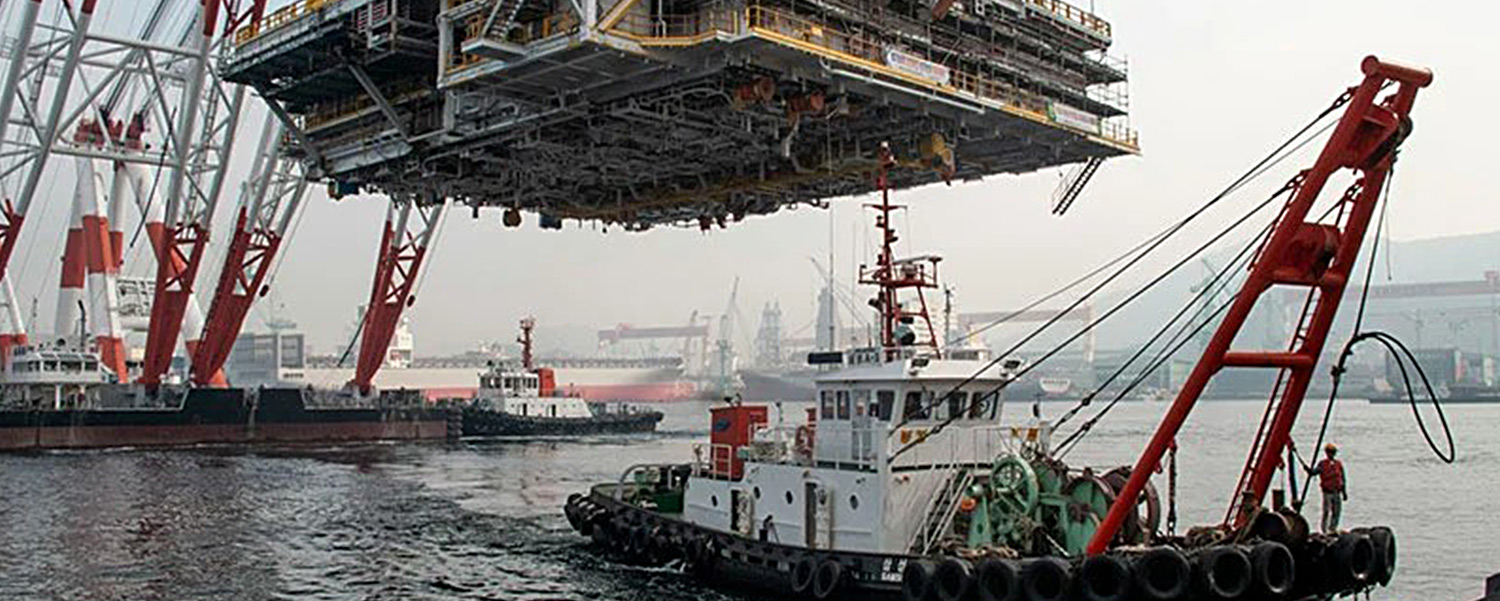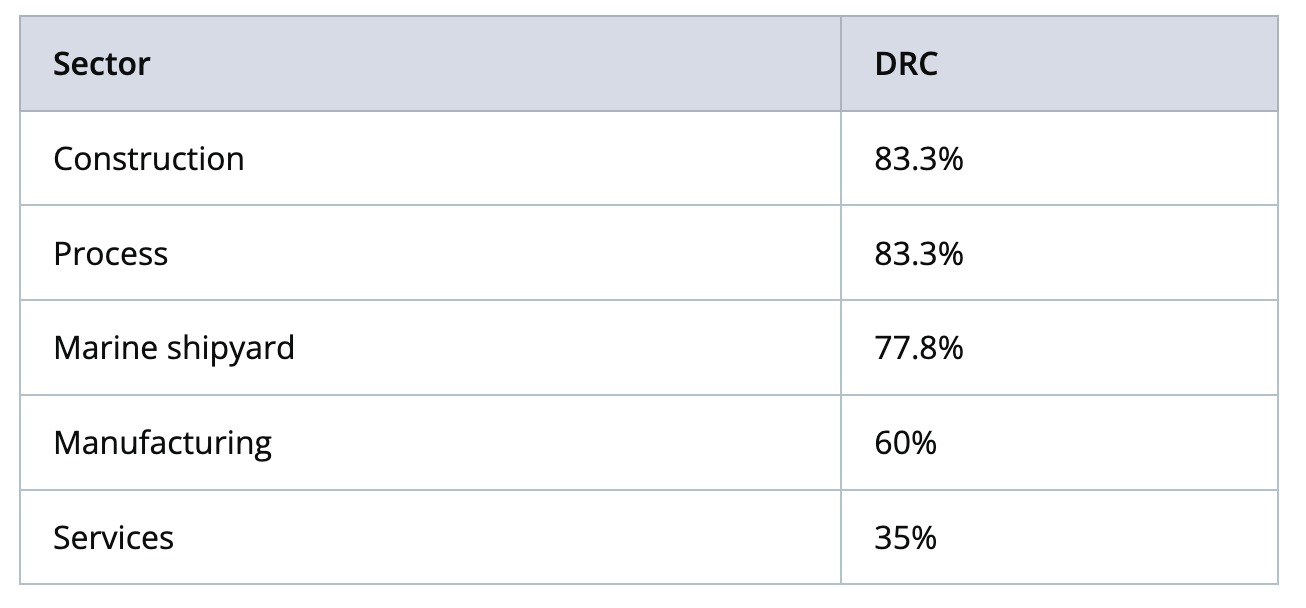Browse through our library of informative resources to stay informed and inspired


The Dependency Ratio Ceiling (DRC) is a regulatory framework crucial to the balance of foreign workers in Singapore. It dictates the maximum proportion of foreign workers that companies in various sectors can employ, relative to the total workforce.
Different passes, such as Employment Passes, S Passes, and Work Permits — dictate the foreign worker quota imposed. For sectors with higher foreign manpower needs, such as construction and marine shipyards, the DRC allows leeway in hiring unskilled labour. Sectors requiring skilled service workers have higher barriers to entry to protect entry-level jobs for local employees. The DRC helps to dynamically enforce Singapore’s interests.
The Dependency Ratio Ceiling (DRC) is a critical policy metric that fundamentally impacts workforce composition and business operations across various sectors.
The Dependency Ratio Ceiling (DRC) is a regulatory mechanism employed by governments to balance the proportion of local and foreign workers in the workforce. Specifically, it limits the number of foreign workers that a company can employ, ensuring that a sizeable quotient of the workforce comprises local employees. This is designed to encourage firms to improve productivity and reduce reliance on foreign labour.
Each sector may have a different DRC, reflecting the varied needs and characteristics of the industries. For instance:
To calculate the dependency ratio, a specific formula is employed:
Dependency Ratio = (Number of Foreign Workers ÷ Total Workforce) x 100
Where:
This ratio must not exceed the set DRC for a particular sector, ensuring businesses adhere to the imposed quota of foreign workers.
As of 2024, these are the latest DRC figures for individual sectors:

The Dependency Ratio Ceiling (DRC) is a regulatory mechanism that affects the proportion of foreign to local workers within a company. This section examines how the DRC impacts employers’ strategies and responsibilities, the conditions for foreign workers, and the implications for the local workforce.
Employers must navigate a tight framework when managing their workforce due to the DRC. The DRC determines the maximum permitted ratio of foreign workers to the total workforce that companies in Singapore can employ. This ratio varies across different sectors, influencing how businesses strategise their hiring practices. For instance, firms employing Employment Pass or S Pass holders must remain vigilant about maintaining the local qualifying salary, which is a benchmark stipulating the minimum salary for local employees, ensuring that they are not disadvantaged.
Moreover, employers face a levy implemented by the government, which scales according to the proportion of work permit holders in the company’s workforce. This financial imposition acts as a deterrent against excessive reliance on low-cost foreign labour. Consequently, businesses have the dual responsibility of adhering to DRC limits while also balancing the associated costs in their staffing plans.
For foreign workers, the DRC directly influences their eligibility and prospects within the Singaporean job market. Work permits and S Passes are issued under the condition that employers comply with the DRC. Foreign employees often face uncertainties, as their continued employment can be at the mercy of these regulatory thresholds. If a company’s DRC quota is exceeded, it may result in non-renewal or cancellation of existing permits for foreign workers, affecting their job security and future employment opportunities.
The DRC is intended to encourage the employment of local employees in Singapore, encompassing Singaporeans and permanent residents. By imposing limits on the number of employment passes and work permits issued for foreign workers, the government aims to secure ample job opportunities for the local workforce. In turn, this supports the national objective of fostering a strong resident core of skilled workers. For local employees, this can translate into better job prospects and career stability, as employers are urged to prioritise local hiring before seeking to fill positions with foreign employees.
The implications of the DRC extend to individuals considering permanent residency or citizenship in Singapore.
While the DRC targets the workforce aspect, the decision to lay down roots in Singapore may be influenced by the perceived job security and economic health driven by these policies.
For those looking to apply for Singapore Citizenship, understanding the nuances of such regulatory measures can provide insight into the nation’s approach to population and workforce management.
The Dependency Ratio Ceiling (DRC) is a regulatory limit on the number of foreign workers that a company can employ in proportion to its overall workforce. It is designed to ensure a balanced mix of local and foreign employees within a country’s labour market.
The DRC is typically set by government authorities, often under the guidance of the finance minister or a corresponding official responsible for labour policies.
A levy rebate is a refund or reduction in the foreign worker levy (FWL) provided as an incentive or relief to businesses. It is connected to the DRC as businesses must adhere to DRC guidelines to be eligible for such rebates.
The Foreign Worker Levy (FWL) is a fee imposed on employers for each foreign worker hired, set within the boundaries of the DRC to regulate the number of foreign workers in the country.
The maximum ratio of foreign workers is the highest allowable proportion of foreign employees a company can have in its total workforce, as stipulated by the DRC.
Quota and levy systems work in tandem, where a quota defines the maximum number of foreign workers allowed, and the levy is the charge imposed on employers for each foreign worker within the quota. The DRC dictates these quotas, directly affecting staffing flexibility for businesses.
Please share with us some details about your needs, we will get back to you.